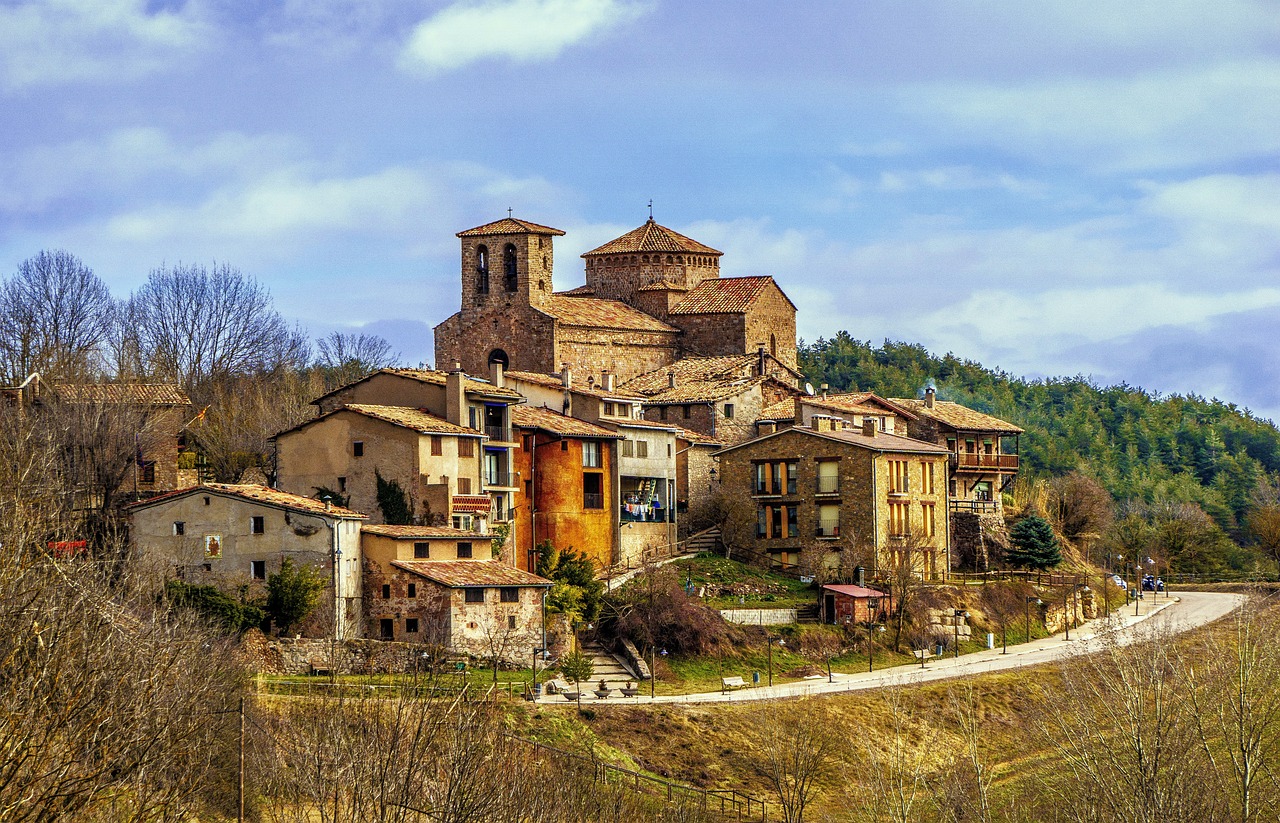
Smallest City in The World By Area & Population
When we think of cities, we often envision bustling metropolises with towering skyscrapers and bustling streets. However, there are a few cities that defy this norm and stand as tiny gems in the vast landscape of urbanization. In this article, we will explore the smallest city in the world by area and population, discovering their unique charm and significance.
Smallest City by Area: Vatican City
Vatican City, a sovereign city-state enclaved within Rome, Italy, holds the title of being the smallest city in the world by area. Covering a mere 44 hectares (110 acres), this pint-sized city is not only the smallest but also the only independent state without a territory that is not a member of the United Nations.
Vatican City is renowned for being the spiritual and administrative center of the Roman Catholic Church. It is the residence of the Pope and the location of significant religious sites, including St. Peter’s Basilica and the Vatican Museums, which attract millions of visitors from around the globe each year.
Smallest City by Population: Hum, Croatia
Tucked away in the picturesque landscapes of Istria, Hum, Croatia, holds the distinction of being the smallest city in the world by population. With an estimated population of just 17 inhabitants, Hum is more like a charming village, exuding a quaint and tranquil atmosphere.
Despite its diminutive size, Hum boasts a rich history dating back to the Middle Ages. It is known for its well-preserved city walls, ancient churches, and traditional stone houses. The narrow streets and stone pathways add to its rustic allure, making it a favorite destination for tourists seeking a glimpse of Croatia’s authentic charm.
The Fascinating Contrast
Although Vatican City and Hum share the titles of the smallest city by area and population, they are vastly different in nature. Vatican City stands as an influential religious and political hub with a global presence, while Hum embodies the essence of a small, closely-knit community, celebrating its heritage and traditions.
The Allure of the Smallest Cities
What draws people to these tiny cities? Despite their size, both Vatican City and Hum possess unique attributes that captivate visitors.
In the case of Vatican City, its spiritual significance attracts millions of pilgrims and tourists alike. The grandeur of St. Peter’s Basilica, the magnificence of the Sistine Chapel ceiling painted by Michelangelo, and the mesmerizing Vatican Museums all contribute to its allure.
On the other hand, Hum’s charm lies in its simplicity and authenticity. Its small population fosters a close-knit community, where traditions and customs are cherished. Visitors can savor the tranquility of the countryside, taste local delicacies, and explore ancient stone structures that tell stories of a bygone era.
Preserving the Essence
As urbanization continues to spread across the globe, the significance of these tiny cities becomes even more profound. Amidst the rapid development and expansion of modern cities, places like Vatican City and Hum serve as reminders of the importance of preserving history, culture, and community.
Both Vatican City and Hum hold immense significance for tourism and cultural preservation. While Vatican City attracts millions of visitors as a center of religious pilgrimage and a treasure trove of art and history, Hum’s allure lies in its authenticity and unspoiled beauty. As travelers seek unique and meaningful experiences, these smallest cities offer an intimate and enriching encounter with history, tradition, and spirituality.
Conclusion
The smallest city in the world by area, Vatican City, and the smallest city by population, Hum, Croatia, may be tiny in size, but they hold immense cultural, historical, and spiritual significance. While Vatican City stands as a symbol of religious prominence and global diplomacy, Hum exemplifies the charm of an intimate community deeply connected to its roots. As we appreciate the allure of these smallest cities, let us also embrace the value of preserving heritage and traditions in an ever-changing world.




